- My Account:
- Sign In
- Register
- Make Payment

Get the facts on how your home’s oil heat system works.
Your oil-fired heating system is one of the most important items of equipment in your home. That’s why it pays to be smart about how it works. We’ve got the facts you need to know:
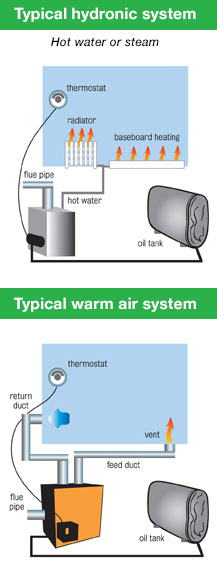
What are the types of oil-fired heating systems?
Your oil-fired heating system is one of the most important items of equipment in your home. That’s why it pays to be smart about how it works. We’ve got the facts you need to know:
Water-based systems
These function when water is heated in either a cast iron or steel boiler before it is dispersed throughout your home. There are two main types of water-based systems:
- Hot water systems heat water which is then circulated through radiators or baseboards
- Steam systems which turn water into steam which rises through pipes to the radiators
Warm air systems
This system heats air then a blower sends the heated air through the ducts and out of vents in your floors or walls. The air gets drawn back to the furnace through a return duct and the cycle repeats.
How does an oil-fired system work with the thermostat?
- The thermostat in your home, senses the room temperature and when it falls below the temperature you’ve set on your thermostat, sends a signal to the heating system that switches it on to heat your home.
How does an oil-fired system generate heat?
- When the oil burner is engaged, heating oil travels from the tank to the burner by way of a pump where it becomes a fine mist mixed with air. This fuel/air mixture is then injected into the burner where it is ignited in the combustion chamber.
How does an oil-fired heating system distribute heat throughout a home?
Each of the above systems does this in a few different ways, depending on the system:
- Hot water through baseboards
- Steam through radiators
- Warm air through vents
What happens to any oil-fired heating system emissions?
- Emissions from the fuel and air combustion leave the system via a flue pipe through a chimney.

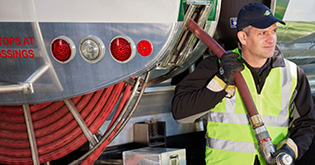
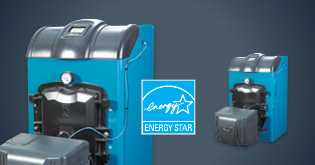
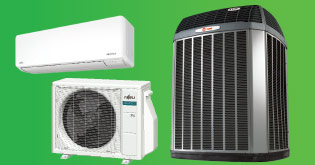
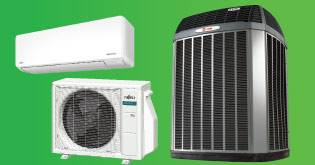
.jpg?sfvrsn=8bd8912d_3)